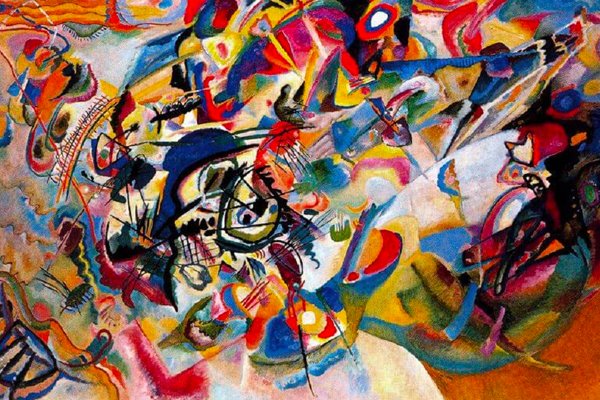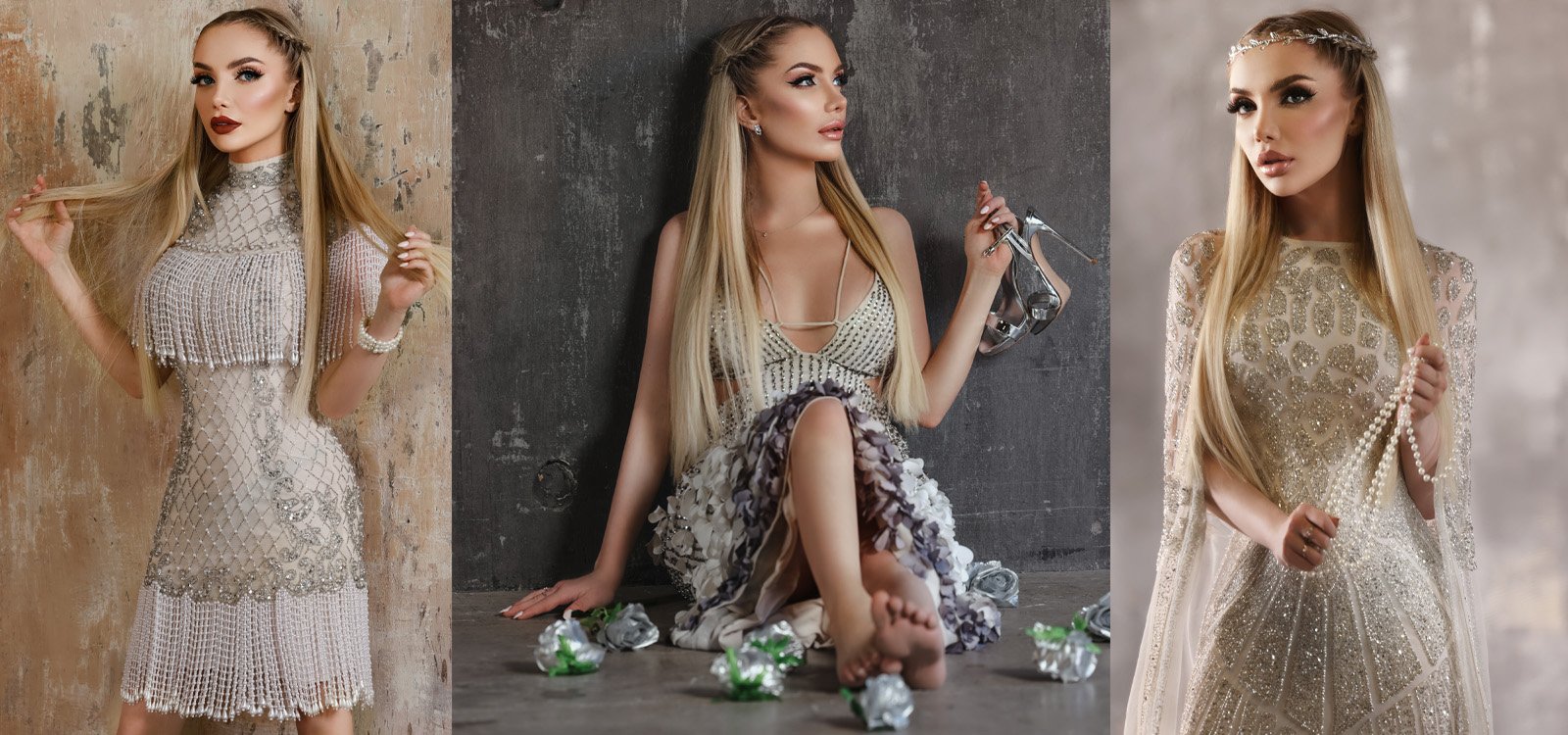When it comes to abstract art, the viewer defines the painting. If you like figuring out the hidden meaning of each brush stroke, then these abstract paintings are for you.
The 19th century was an incredibly versatile art period and was made up of a variety of genres. So, the art pieces embodied the multiple changes taking place in society at that time. One art form to originate from that period was Abstract Art which originated due to the desire of artists to create artworks unrestrained from visual references occurring in real life. Now, the word ‘abstract’ is actually theoretical in nature. It is something meant to look stunning, yet deliver a serious message to the viewer. To the ordinary eye, it might seem childlike or misdrawn by the painter; something vague and incomplete. Thus, what makes it so unapologetically hypothetical, is the absence of a subject. And since one of the main philosophies of abstract art is that reality is subjective, not concrete, this is why it is also called a “Thinker’s painting.” It is widely thought that Abstract Art arose during the late 19th and early 20th centuries. It arose from artists’ need to create works unrelated to any perceptible references, till artworks became completely detached from reality altogether. The reason behind this was that artists found the reality at that time to be incredibly restricting, so artists felt a need to break away from the limitations of it. Now, throughout the early 20th century, a vast amount of famous Abstract art was created, with the majority of these pieces still being talked about today, let’s take a look at some of them.
1. COMPOSITION VII BY WASSILY KANDINSKY

Composition VII by Wassily Kandinsky
A famous abstract painter, Wassily Kandinsky was known for comparing his abstract paintings with music and thus, calling them compositions. Kandinsky was an iconic member of the entire Abstract art movement and earned the nickname of “Father of Abstract Art.” Composition VII can, without a doubt, be considered Kandinsky’s masterpiece. Displayed at the State Tretyakov Gallery in Moscow, Russia, the painting is an oil on canvas painting. Kandinsky’s works are generally understood to be an element of a more general and distributed tradition of abstraction. On first look, emotions of anger and disgust are seldom felt by the viewer. But, those willing to invest time in painting will be successful in correctly interpreting this painting. The colours displayed in this painting provide a still note to the mind and challenge the viewer. A bit of harmony is also injected into the viewer through the complete disarray of colours and crisscrossing black lines of the painting. This colour combination is harmonic enough that the viewer receives a still note from the painting.
2. NUDE, GREEN LEAVES AND BUST BY PABLO PICASSO

Nude, Green Leaves and Bust by Pablo Picasso
Who isn’t aware of Pablo Picasso? Pretty much one of the most iconic painters in art history, Picasso’s experiments were predominantly within the Cubist and Surrealist movements. He has also created several artworks in addition to this that were considered to be part of the Abstract Art period. Out of all his creations, one of his best ones was thought to be Nude, Green Leaves and Bust that he painted in 1932. It is currently housed in the Tate Modern, England, and is an oil on canvas painting. Picasso painted his then mistress, Marie-Thérèse Walter within this painting. He thought of Walter as his muse and dedicated this portrait to her and the great impact she had on him. Standing over a meter tall, Nude, Green Leaves and Bust also features a representation of Walters as a slightly simplified and abstracted figure who can be seen lying in front of a vibrant blue curtain. She also seems to be surrounded by seemingly random objects. This stunning masterpiece was a representation of Picasso’s sensuous relationship with Walters. For years, he kept this relationship from his wife and this air of mystery and privacy is implied by the abstracted figure in the painting and the depiction of the curtain. In painting her this way, he was able to shield her identity and create a form that is also initially confusing for viewers to make any sense of.















